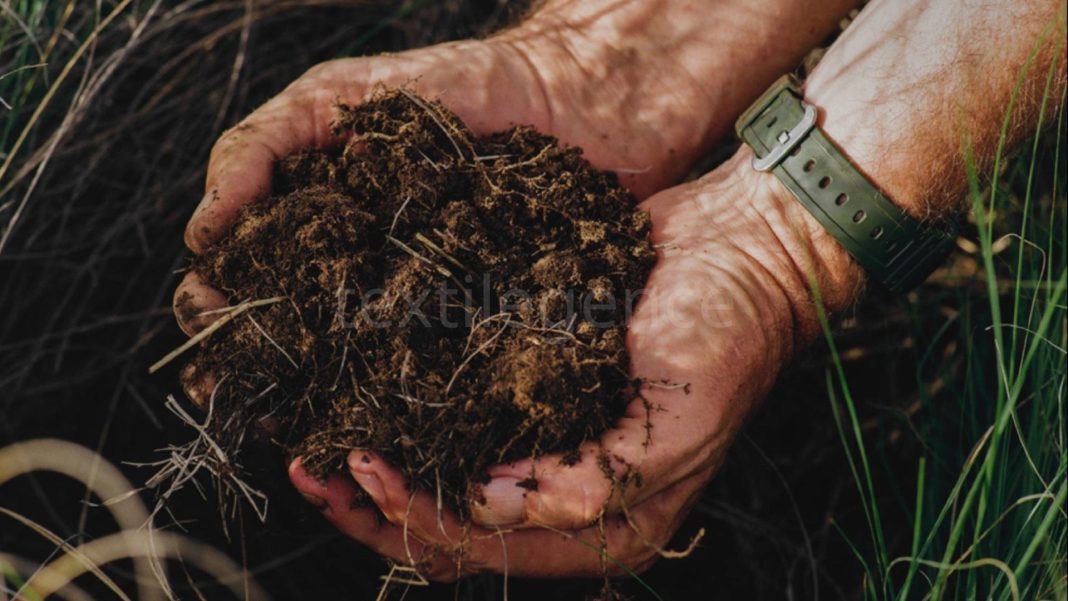A new guide by Textile Exchange will help brands, producers, and other stakeholders make effective and credible claims about their work supporting regenerative agriculture. This free guide, available to all, also includes sections on the different types of regenerative agriculture claims, how they should be managed and reported, and how to avoid issues such as greenwashing and greenhushing.
It has been designed to be easy to use, with clearly defined sections including:
- Six takeaways for brands to follow when creating credible claims
- The key challenges brands face when making claims
- The different types of regenerative agriculture claims
- How to effectively make, manage, and report on credible claims
- The role of companies in supporting regenerative outcomes
- Textile Exchange’s regenerative agriculture tools
The latest guide is a part of the series of regenerative agriculture tools and resources from Textile Exchange, sitting alongside the Regenerative Agriculture Landscape Analysis and the Regenerative Agriculture Outcome Framework. They are designed to work together, helping brands understand regenerative agriculture, implement it in supply chains, measure outcomes, and communicate efforts credibly. The Regenerative Agriculture Outcome Framework was released in its first iteration in 2023.
Textile Exchange highlights: “Regenerative agriculture is place-based and context-specific, which means it doesn’t have a single “one-size-fits-all’ definition. This can make it challenging to communicate claims accurately and effectively and as such there is rising concern that the promise of regenerative is being diluted.”
While regenerative agriculture increases, verifiable claims are important
In recent years, interest in regenerative agriculture has grown among brands and customers, driven by increasing awareness of the impact the fashion, textile, and apparel industry has on the environment. Making credible, verifiable claims not only builds customer trust but also enhances brand value, promotes the beneficial impact regenerative agriculture can have, and helps drive the meaningful change across the industry.
By following this guide, which aligns with best practices such as the ISEAL Credibility Principles and UN Principles for Sustainable Fashion Communication, brands can avoid reputational risks, enhance customer confidence, and help increase awareness of effective regenerative systems.
